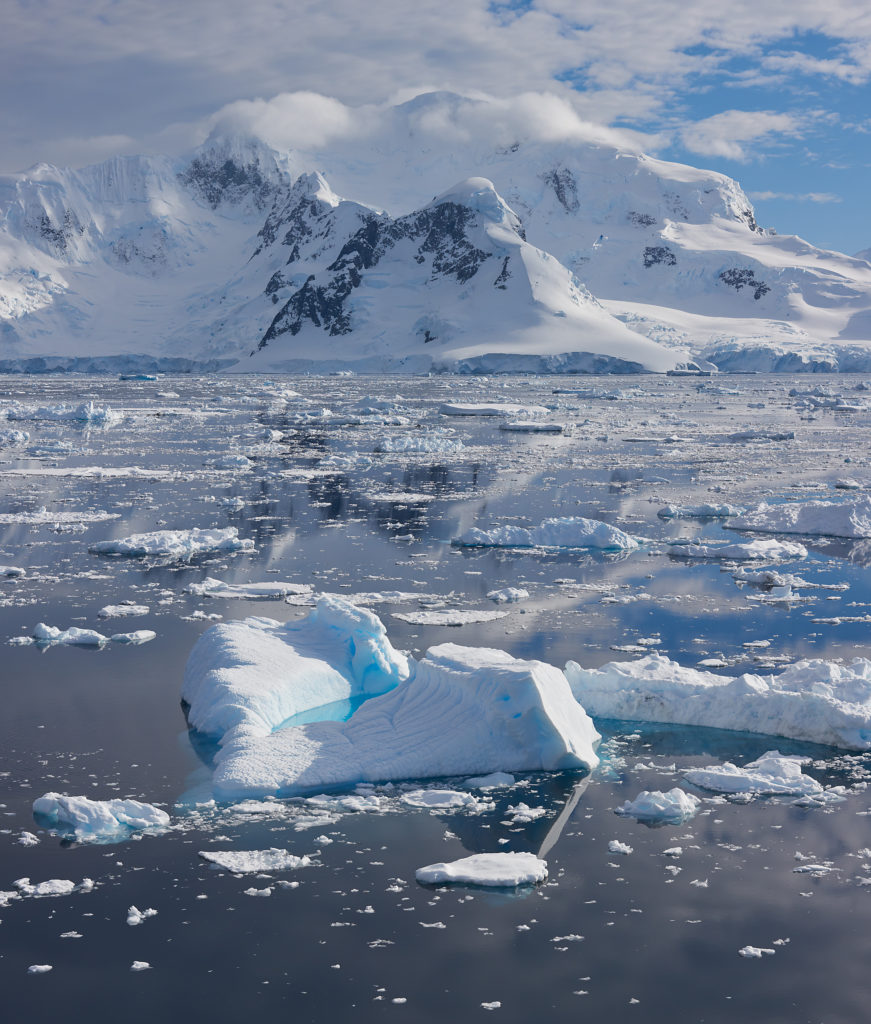
If you don’t want to read the rest, in short, the new Nikon 70-200 f/2.8 has found its way into my bag. The lens has been put through its paces during a recent trip to Antarctica, where it accounted for about 80% of all images. Built quality is on a par with the predecessor model, i.e., the now typical magnesium alloy and polycarbonate shell over a metal core construction. Micro contrast and edge-sharpness has improved visibly at all focal lengths and the focus breathing (change of magnification ratio) at close-focus distance has been minimised. I haven’t blown the trumpet for Nikon’s releases recently but here I can conclude with a highly recommended rating.
Because I mislike posting images bar any composition and subject value for mere lens testing, let’s start with some eye-candy from the Antarctic peninsula.
The predecessor, 70-200 f/2.8 VRII lens, denoted “G” in what follows, has been my most-used lens for landscape and portraiture. A shootout at 85 mm can be found here, which shows that the bar was set high, already. The new version’s official name is 70-200 f/2.8 E FL ED VR, in short FL from here on. The E denotes an electronically controlled aperture, the FL a fluorite glass element.
Nikon has done a complete optical redesign and changed some of the exterior layout, like adding extra configurable buttons to the lens for either focus-lock or focus-acquisition. If you are a back-button focuser, they basically duplicate the AF-ON button and thus liberate the right thumb for the focus selector. The lens hood, interlocked and reversible for transport, has changed a little compared to the G version; you can now put the lens down on its hood without the risk for the lens to topple over.
The tripod-foot is removable but still not Arca-Suisse (double dovetail design) compatible and therefore requires an adapter that adds the 100 g saved on the lens by the fluorite glass element. An alternative is a replacement foot, such as the RRS LCF-11 for more than 100 $. The much cheaper Tamron 70-200 f/2.8 Di VC has a dovetail tripod plate on its collar.
The biggest change in handling comes from the placement of the zoom and focus rings. This may be a result of the optical design**, but the Nikon marketing people attempted to sell this as an improvement, which is nonsense. In the way one usually holds lenses, there is now almost certainly some defocusing by unintentionally turning the focus ring. Alternatively, resting the lens with the tripod foot on the palm is uncomfortable. The best way is holding the lens with the index and middle fingers at the segment between the focus and zoom rings while resting the thumb on the lens’ focus button. It took me also quite a while to get used to the zoom-ring position when working with a tripod. And it is hard to turn the zoom ring when the hood is mounted in the reverse position. So, thumb down on this one.
Maximum magnification at 1.1 m is now 1:4.8. That’s much better than the 1:7.9 magnification of the G lens at 1.29 m. Nikon has reacted to the discussion over the reduced, effective focal length of the G version at close focus distance (CFD); at a focal length of 200 mm near the CFD its angle of view corresponds to a focal length of 135 mm or thereabouts. I never considered this a big deal though, except that focus-stacking requires more scaling operations that potentially degrade image quality. And the FL lens should make for better focus racks when used for recording videos. The new lens also seems to acquire focus a tad quicker than the previous version.
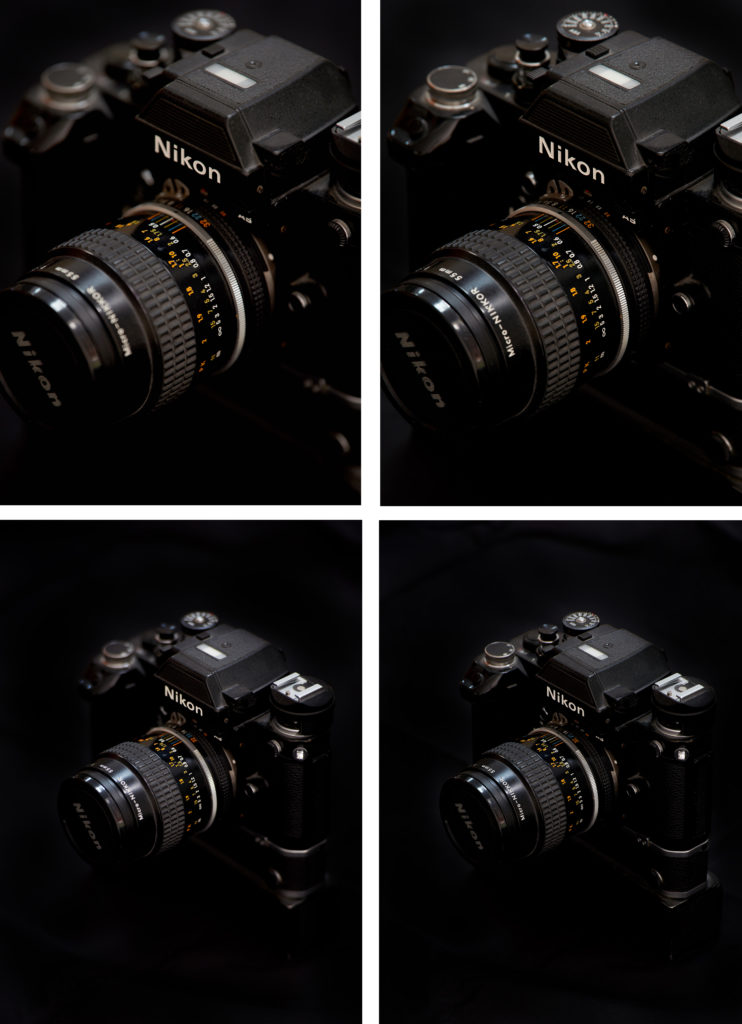
The vibration reduction system has not improved in my opinion, on the D810 you still need exposure times shorter than 1/(2*f) for a critically sharp set of images without outliers (and 1/f if you except the odd outlier). Without VR, I need 1/800 sec at 200 mm. So that’s a gain of two stops, not four as claimed in the booklet that comes with the lens. Btw, I didn’t notice any negative effect of enabled VR when shooting from a tripod.
Comparing the MTF charts of the G and the FL, the latter should be the better performer at all focal lengths; not only looking at theoretical curves but also in measurements of samples, as reported here. But does this really translate into real life results? The G version is pretty sharp already and differences can be detected only with serious pixel peeping or making large prints. Most obvious differences can be seen inspecting the extreme corners at the widest aperture; not that this matters in my opinion. The only application where you really need edge sharpness wide open is astro photography since you are limited in exposure time by star movement. Sharpness at large apertures mean that either you can keep your ISO down for lower noise or increase your effective exposure for richer star field rendering. But then we are looking at wide angle rather than tele lenses.
However, an improvement in resolution and micro contrast is also seen at f/5.6 and f/8 where the FL now even rivals the 85 f/1.4 prime lens. The FL renders colors slightly warmer, which can be corrected easily if disired. On the downside, the lens shows a bit higher vignetting at 200 mm.
There has been some discussion about pronounced focus shift at close focus distance and focal lengths above 135 mm. I could not find such a behaviour at close focus distance, neither in the sample images below nor in using the lens-align tool. As shown in the additional image samples, there is a tiny bit of focus shift at distant scenes and 200 mm focal length, but this is hardly relevant in the field. My lens sample needed no autofocus fine tuning, as it should be for a pro zoom lens. Chromatic aberrations (both longitudinal and transversal) are very well controlled.
How about the Bokeh? Or should we rather talk about subject isolation? I have a reason for shooting cropped head portraits with the 70-200 mm lens at f/3.5 – f/5.6 and focal lengths between 150 and 200 mm. The images below show that focal length and aperture are not the only elements of the equation. In contrast to popular belief, the depth-of-field is independent of the focal length at the same aperture and magnification***. Even though longer lenses appear to create a much shallower depth-of-field, this is because they are often used to magnify the subject when one is unable to get closer. If the subject occupies the same fraction of the image (constant magnification) the total depth of field is virtually constant with focal length! But what changes is the size of the entrance pupil, the subject to sensor distance (one must go much farther away with a telephoto lens), the angle of view, and thus the perspective and rendering of the background. The background (blur) is enlarged relative to the foreground because of the narrower angle of view, which makes it look even more out of focus.
Notice that the bokehlitious background at f/1.4 comes at a price, the depth-of-field is razor thin, which also renders the nose tip and ears of the statue out of focus.
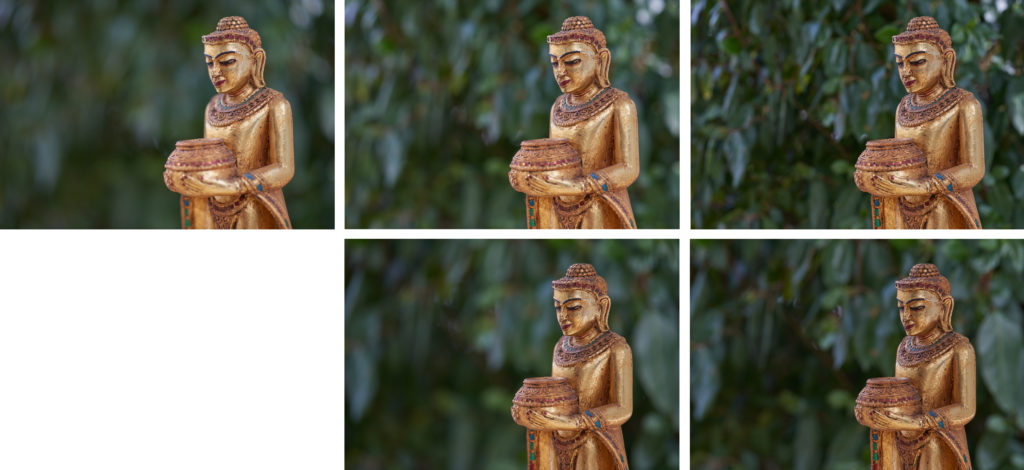
Except for the handling, which requires some getting used to, I could not find any specific flaw, while overall, the image quality has slightly improved at all focal lengths. All this at a level that makes an end to the zoom versus prime discussion, as long as Otus-grade 85 f/2.8 and 135 f/2.8 lenses are not available*. This is not at all the case for the normal zoom range of 24-70 as reported here.
So is it worth the upgrade if you already have the G version? Definitely yes for landscapes, less so for portrait and reportage. And only if you can sell your old lens; it is too good, too close in performance, and too expensive to let it sit in a storage cabinet. On the other hand, it also makes sense to buy a used or an end-of-the-line G lens. SR
P.s.: For ultimate pixel-peeping pleasure sample images are attached hereunder, which are 100% crops from the center and corner of the frames. Lens-profile correction in CaptureOne was disabled and the usual shot discipline exerted: mirror up and three seconds shutter delay, contrast auto-focus (live-view), and tripod mount (Gitzo Series 3). Sharpening in CaptureOne was set to 120, radius 0.8, at threshold 1.0. No correction for the (auto) white balance.
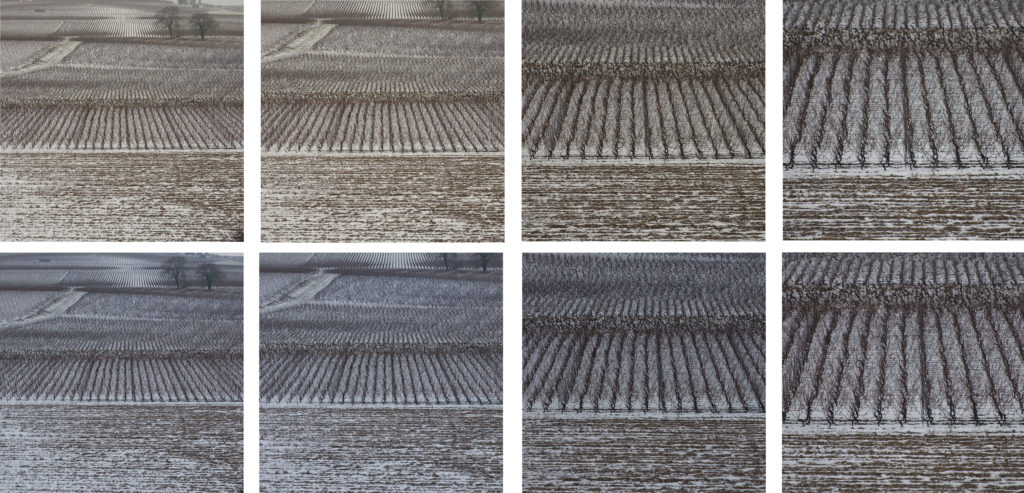
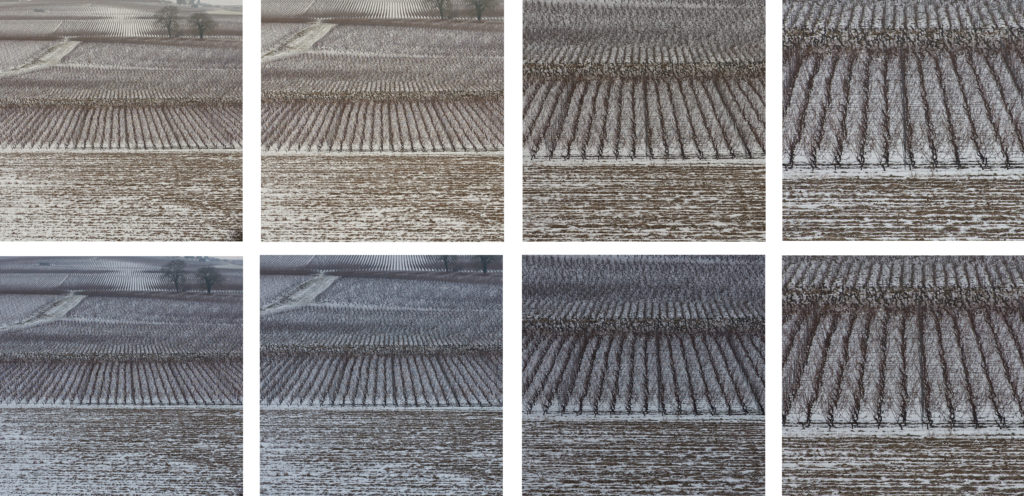
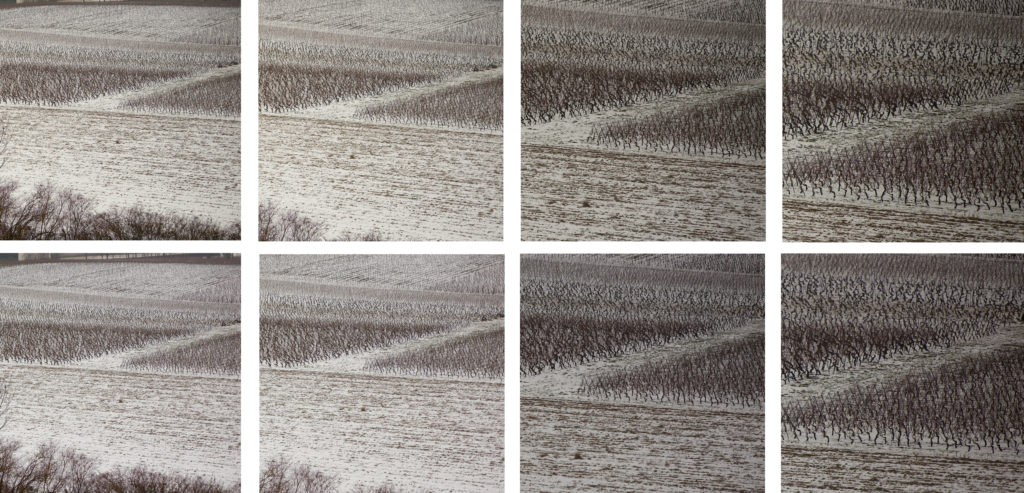


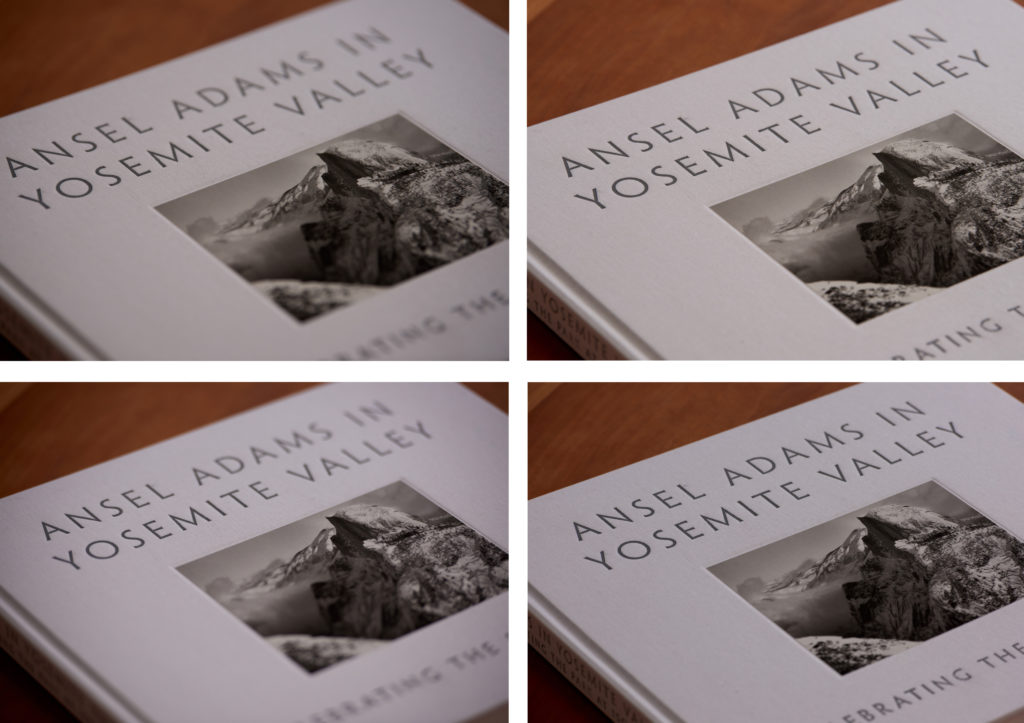
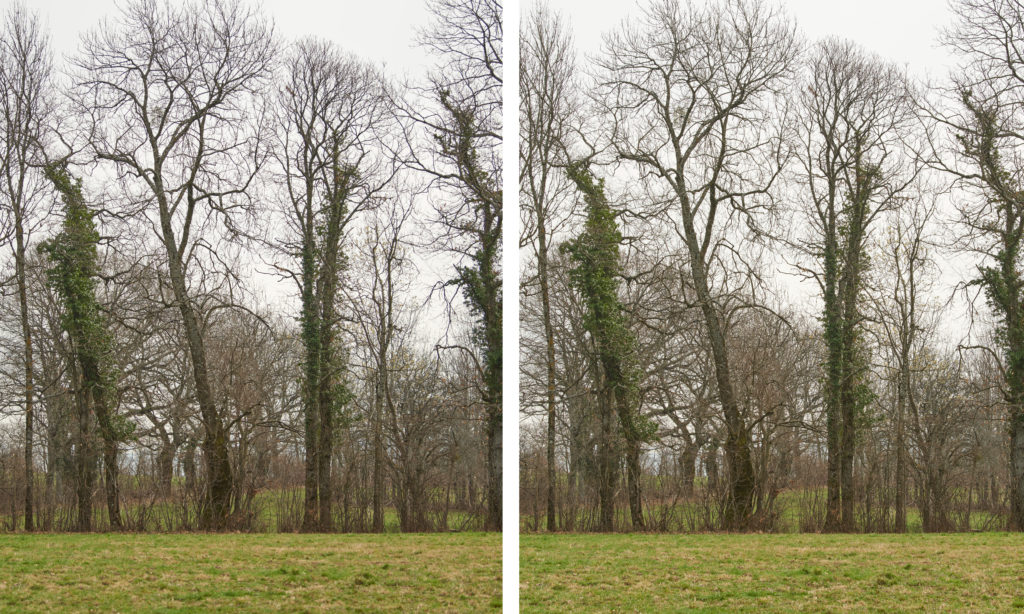
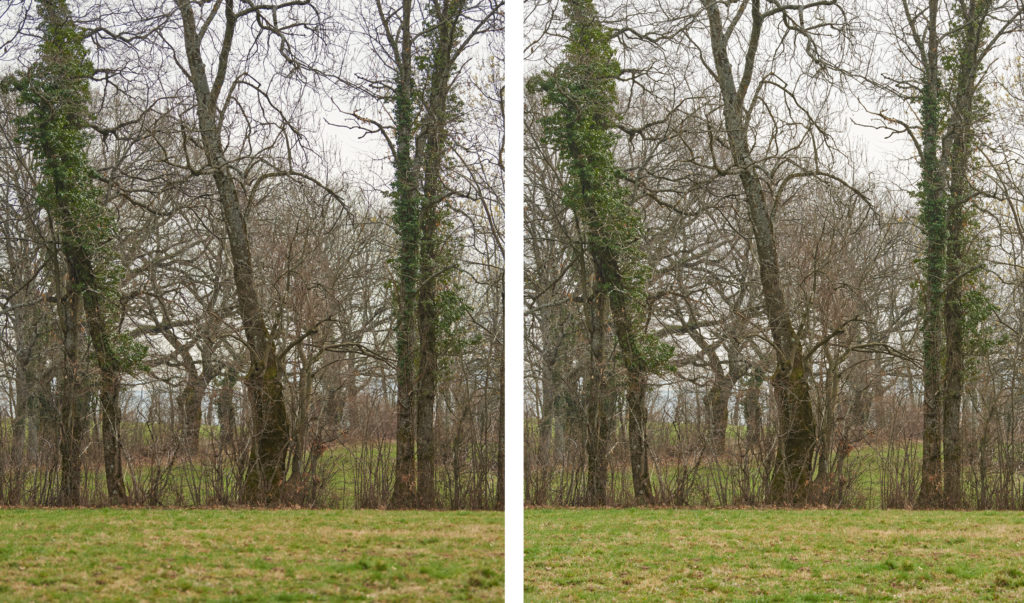
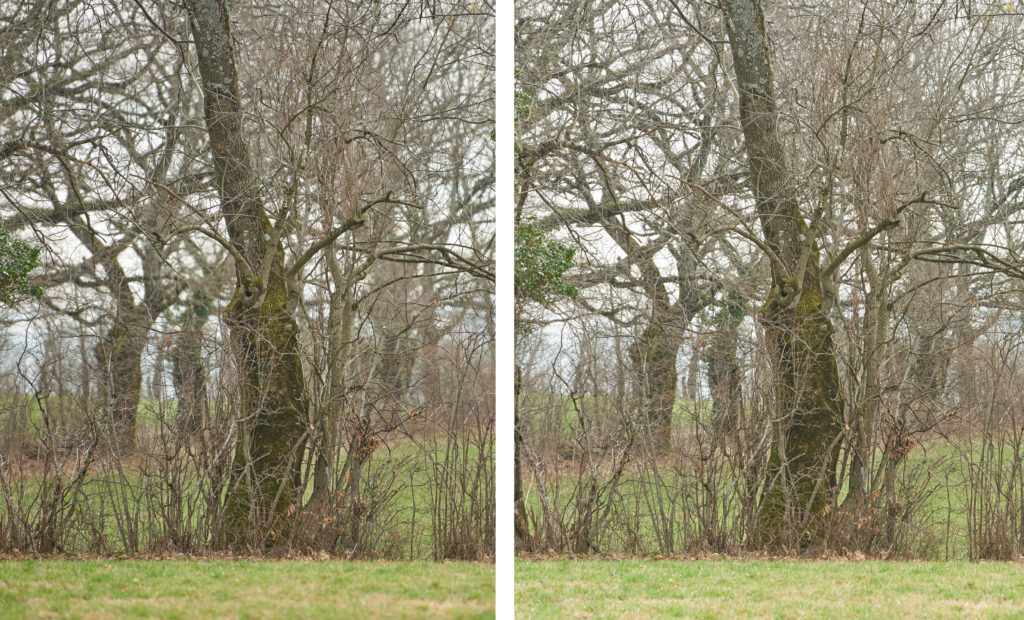
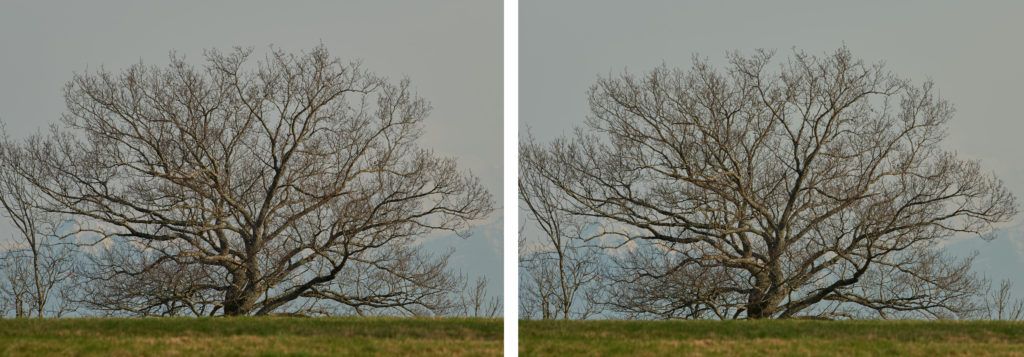
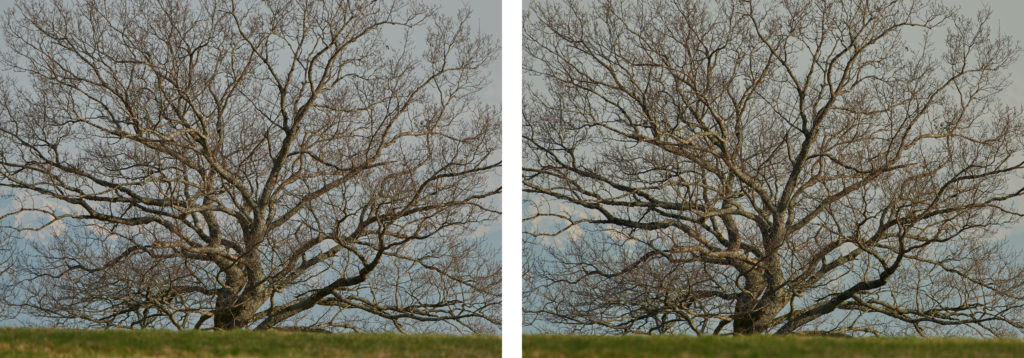
* I wished the companies would produce Otus-grade f/2.8 lenses designed to be shot wide open (no stopping down needed for maximum performance). To compare the 700-200 f/2.8 with a set of Otus f/1.4 lenses for 3 times the price and 3 times the weight isn’t really meaningful. With the high ISO performance, far better than what was achievable with film, the cause for the f/1.4 bricks is beyond me. In my opinion Leica has missed it with the SL; huge lenses and a mirrorless body that is as large as a Nikon D810.
** Both the new versions of the 80-400 mm and the 200-500 mm have the same arrangement.
*** For a given sensor size, obviously. If we must apply crop factors, things get complicated and out of scope for this post.
Klaus Schmolinsky
20 Jul 2017Hello Stephan,
with greedy interrest I read your comprehensive test. By now (I purchases last week just because of your review) I did not own a tele zoom for my working horse D700 – so it was surprisingly for me to find out that landscape photograpy is one of the big strengths beside close ups.
Did you use a nodal point adapter tand tripod to prepare perfect inputs for the panos? I made first useful experiences free hand and postprocessing with Kolor’s autopano giga even shot in portrait style.
Did you made the photo row in portrait style to cover huge iceberg likewise?
As far as I can see the TC14-III is just a seriously (even not cheap) option to extend the focal length to 280 mm w/o perceptible loss of sharpness?
Your comments are very much appreciated.
Best regards from Berlin,
Klaus
Stephan Russenschuck
30 Jul 2017Hi Klaus,
I experimented with the nodal-point pano-heads but found them cumbersome, and not really necessary if you don’t have extreme foreground-background relations. On the ship it was not possible to use a tripod anyway, because a tripod would have transmitted the vibrations from the ship much more than the human body. I panned the camera quite quickly with continuous shooting mode and with the finger on the focus button. In this way I combined stitching with focus stacking as the depth of field is getting a challenge. For the stitching I used photoshop which is doing an o.k. job, sometimes it is better to correct for the convergence first.
The TC14-III is indeed a nice piece of equipment, and the image quality at 200 mm is even better if you set the lens to 140 mm and mount the TC-14. And at 280 mm I am very close to the 200-400 f/4 super tele.